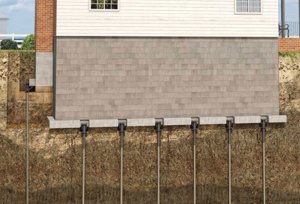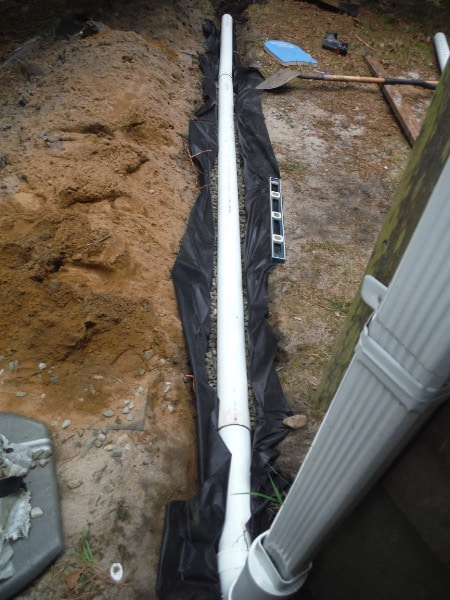Garage Flooring is made with an underpinning garage slab. This allows for additional protection and increases floor space. Garage floors are covered with concrete. This provides sound insulation and helps to regulate the temperature. The concrete is put on top of a thick layer of either gravel or crushed stones. Gravels are preferred by most homeowners as they make cleaning the floor easier and faster.
Remodeling a Garage Slab

An underlayment is a buffer that acts between concrete and garage floor. It makes garage floors more durable. This buffer will help keep moisture from the concrete and prevent cracks. Some garage flooring companies will also use rubber or other plastic inlays in the concrete. This acts like a vapor barrier and will prevent water or any other liquids from getting through.
Remodeling a Garage Slab
Before you lay an underpinning garage slab, prepare the area where the garage will be located. For framing walls, you will need plywood. Preparing the area thoroughly and taking precise measurements are important. Once you have your measurements, you can lay them on the plywood. You should use the same sides to cover the garage’s outside and inside. Once you have your measurements, cut them out.
Remodeling a Garage Slab
Once your slab has been prepared, it is time to lay the concrete. To make concrete cut at the best angle, you can lay it on an inclined surface. Use burlap or felt to smoothen the edges. Use a grind cloth to remove any sharp edges. Then you will want to pour in a couple of layers of grout onto the slab and allow it to dry.
Remodeling a Garage Slab
When the concrete has dried, use a sealer to make sure that the concrete is completely waterproof. Use a water-based sealer if you live somewhere humid. For the inside of the garage, use epoxy based paints. Use a paint specifically made for garages. Let the paint dry overnight, then add detail to the concrete.
After you have completed all of the finishing touches on the garage slab, you can begin to use pneumatic staplers around the perimeter. You should press the stapler into the concrete using enough pressure to ensure it stays in place. Use a hammer and a mallet to make sure all grooves are filled in. You can repair concrete with cement board if it becomes loose. For any areas of the underpinning that become damaged, you may consider replacing just the part that has become damaged. You may need to remove the underpinning and replace it with an overlay if you are looking for major repairs.
After repairs have been completed, you can grout the perimeter and between the walls. You will have to sand down the concrete a bit before you fill in the grooves with grout. You can use epoxy cement to fill in cracks and dips in your garage floor before grouting. This mixture will ensure consistency in grout lines.
Your garage will have a stunning contrast of texture and color between concrete and grouting once you’re done. If you choose to put a garage floor above the concrete, you will find that it has a unique look. To accent the room, you can use tiles, stone or decorative carpet. There are many options for decorating your garage.

